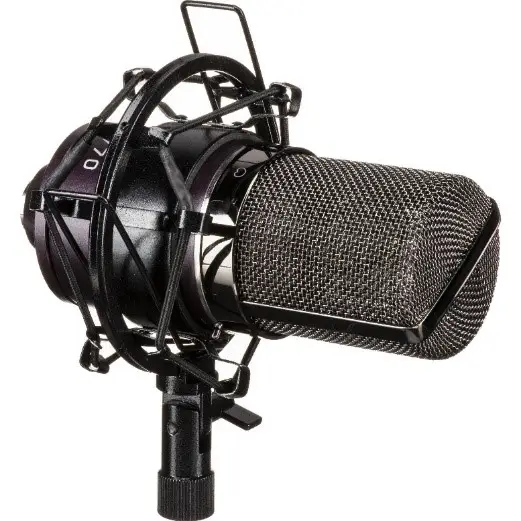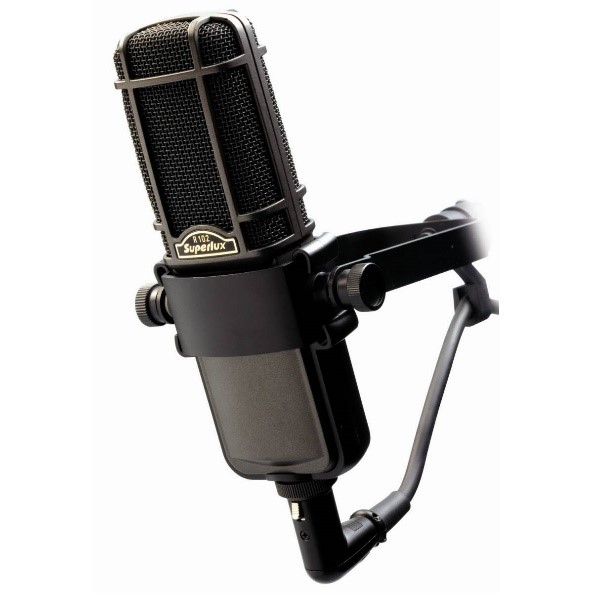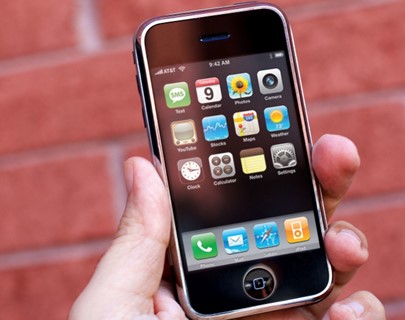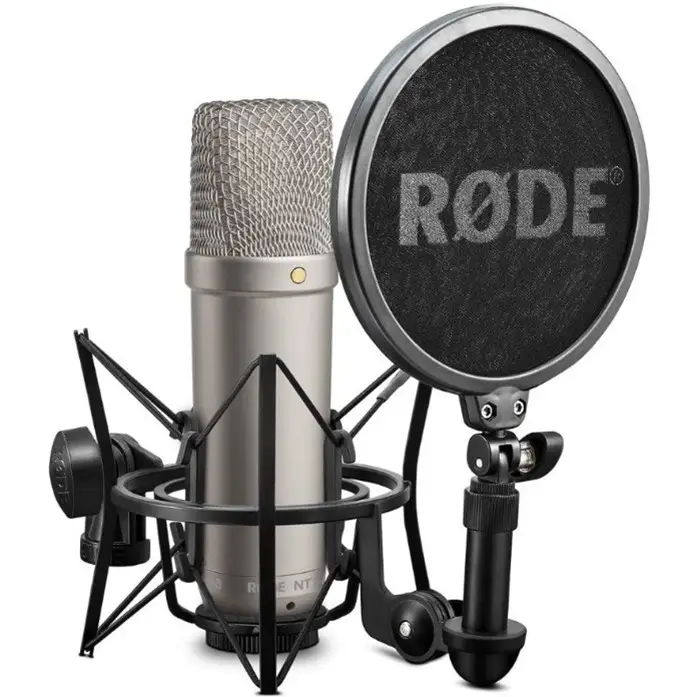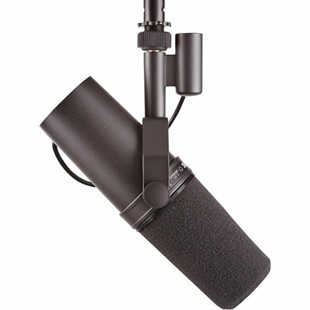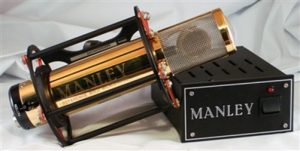
Top 10 microphones for vocal production
In the recording chain, microphones for vocal production are the very first point of contact. Recording vocals is an excellent way to define your sound, and it’s even better for capturing organic samples that no other producer has.
Voice-overs, podcasts, voice notes, and musical performances are all examples of voice recordings. We are often overwhelmed by the options because there are so many microphones on the market today.
Some microphones are better for recording instruments, while others are better for vocals. This article will assist you in narrowing down the long list of microphones to a select few of our favorites that will do the job.
Contents
The 3 Different Types of Microphones
I wanted to cover the three main types of microphones before we get into our list of favorite microphones for vocal production. There are three microphones:
- Dynamic Mics
- Condenser Mics
- Ribbon Mics
Each microphone has its own set of advantages, disadvantages, and benefits.
You can make your recordings sound much more professional if you learn how to use each type of microphone correctly and with purpose.
Dynamic Microphones
Sound waves from dynamic microphones cause a movable wire or coil to vibrate in a magnetic field, causing a current to flow.
Aside from the technical jargon, this simply means that these microphones are tough and long-lasting. They’re extremely adaptable and can go with just about anything.
Just keep in mind that, due to their toughness, they won’t sound as pretty as a condenser microphone, which is fine because you can usually compensate for the coloration with additive EQ and saturation.
Condenser Microphones
Condenser microphones are far more delicate than dynamic microphones. Because they are more sensitive to both lower and higher frequencies, they produce a more “coloured” sound than other microphones.
In summary, if you ever need to pick up room noise or general ambiance, a condenser microphone is your best bet.
Ribbon Microphones
The most fragile of the three types of microphones for vocal production, these guys were popular in the 1950s and 1960s.
They’re also prohibitively expensive, so most new and even intermediate producers will avoid them.
Tier 1: Cheap Microphones
iPhone/Mobile Phone
I’m sure you didn’t see it coming! But, hey, iPhones are pretty amazing, and they’re the size of your hand, fit into your pocket like a glove, and can store up to 200 times as much data as the original iPod.
Furthermore, it captures audio reasonably well. In general, mobile phones are ideal for capturing ideas on the go, recording atmospheres to bury deep in your mixes, and even recording demos and first takes. Overall, the iPhone is the most versatile and user-friendly microphone on this list.
Blue Yeti or Rode NT USB
Yes, USB microphones have drawbacks when compared to traditional microphones, but they are inexpensive, simple to set up, don’t require an interface, and make an excellent first microphone if you’re just getting started in production.
Plus, if you’re recording samples, using lower-quality microphones to capture a unique, almost dirty flavor to your sounds can be really nice.
The Blue Yeti, on the other hand, sounds quite natural. It’s worth noting that some other mics in this price range may sound unnaturally shiny or sparkly when used to add shine or sparkle to a vocal.
The Blue Yeti, on the other hand, adds that brightness subtly so that your voice remains natural while displaying the mic’s distinct sound.
The Rode NT is a good alternative because it has low enough self-noise to clearly record your voice or any samples you want to capture. Because this microphone is designed for speech, it is popular among podcasters and voice-over professionals.
Tier 2: Basic Microphones
Rode NT1A
Rode’s full-body metal microphone has a nickel satin finish. The frame feels very solid, as you would expect from a rode mic, and it will last you a long time.
Since the NT1A has no switches or filters, you have to make do with what you have. In some cases, this means fewer options.
Because of its extremely low self-noise, this mic stands out. As one of the quietest studio microphones on the market, it’s ideal for recording vocals as well as guitars and percussion.
Rode NT1A is a versatile vocal microphone that can be used for both musical and non-musical purposes. Additionally, in a musical recording, the voice sits well and shines through the other instruments.
Shure SM58
The only handheld mic on this list is this legendary Shure mic. If you’re familiar with this mic, you’ve probably seen it in action.
The Shure SM58 is a dynamic handheld microphone. Toughness is described as rugged, solid, durable, and any other word that comes to mind. The top steel mesh grille is extremely durable. If the mic falls, simply pick it up and continue to use it.
Its clear and crisp sound makes it ideal for all types of vocal recording. It has near-perfect off-axis sound rejection because it was designed primarily for live use.
If your recording space isn’t as quiet as you’d like, this could be beneficial. If you need room ambiance in your recording, you may need a microphone with a wider frequency range.
Shure SM7B
When it comes to vocal production microphones, this is our absolute favorite. If you have any doubts about this mic’s capabilities, keep in mind that an older version was used to record many of Michael Jackson’s songs.
It’s one of the few studio mics with a dedicated mounting system. The SM7B is ideal if you want to avoid any issues with mic placement or positioning.
This microphone produces a clear, flat, and crisp sound. Add some mid-range boost to make the sound even crisper — this is often necessary when recording vocals or getting creative with sampling.
Finally, and most importantly, we recommend this microphone over all others. It’s also reasonably priced at around $400.
Tier 3: Professional Microphones
6. Neumann TLM 103 or Neumann U87
Neumann microphones are in a class by themselves when it comes to vocal production microphones. The legendary U87 was the inspiration for the TLM 103.
The TLM 103’s wide frequency range covers almost everything you’ll need when recording human speech, and it has a warm, characteristic sound with some presence boost that adds clarity to your recording.
You can control the balance between warmth and brightness in your sound by changing the distance between the speaker and the mic. If you want a warmer sound, get closer to the mic; if you want a brighter recording, get further away.
Mojave MA-200
The MA-200 is the result of Mojave founder David Royer’s 20-plus years of custom microphone design.
The MA-200’s large-diaphragm produces warm, full-bodied vocal and instrument reproductions without the shrillness and high-frequency grunge that modern condenser microphones are known for.
Use the MA-200 to record lead and background vocals, voice-overs, piano, acoustic instruments, drum overheads, orchestra, spot miking, and more.
You’ll agree with the engineers who tested this mic hat it has the qualities of some of the most well-known vintage European microphones.
- Telefunkin u47
To be honest, this microphone is pricey, but it’s something to think about if you’re a splurging hobbyist or full-time pro.
It has become the “go-to” standard for any serious recording studio due to its authoritative mid-range and extended low-end response.
This microphone is a faithful reproduction of the U47 large diaphragm tube microphone, right down to the BV8 output transformer and M7 capsule.
- Sony C800-G
If you’ve ever used this fantastic microphone, you already know it’s one of the best. Without sounding shrill, it captures the silky breathiness of vocals.
On the acoustic guitar, it’s a revelation. In fact, the C-800near-zero G’s noise floor and high sensitivity allow it to be used on almost any subject with remarkable results. The vacuum tube, a 6AU6 that was hand-picked, has its own onboard cooling system.
Electronically selectable cardioid and omnidirectional polar patterns are available on the large dual-diaphragm capsule. The Sony C-800G is an ultra-high-end microphone that deserves serious consideration if you have the budget for it.
- Manley Reference
The Manley Reference is yet another one-of-a-kind microphone. The Reference Cardioid has become another industry standard for capturing vocals since its introduction in 1990.
The Cardioid Reference is a go-to mic for guitars, drum overheads, saxophone, and, of course, vocals, thanks to its lush tonal balance and liquid midrange.
Some Basic Accessories
Instead of leaving you hanging, we thought we’d go over some of the essential accessories you’ll need when purchasing any of the tier 2 or tier 3 microphones on this list.
Pop Filters
When you say the letters ‘p’ and ‘b’ into the microphone, there are bursts of air. This air may interfere with your recording.
A pop filter eliminates the unpleasant effect of too much air hitting the mic capsule.
High-Quality Microphone Cables
In the recording chain, cables are crucial. High-quality cables last longer and keep your recordings in top shape. After only a few months of use, some cables can introduce noise into your recording.
Portable Vocal Booths
The mic, pop filter, and a shield that prevents reflections are all mounted on a stand in a vocal booth. This allows you to create a recording environment that is separate from your immediate surroundings.
Mic Stands
Here you’ll put your microphone, pop filter, and even vocal shield. What you put on your mic stand will have a big impact.
However, a tripod stand with a 14-inch screw-in top is the best option. Most, if not all, mic clips will work with this.
Shock Mount
A mic holding system is required for voice-over artists, podcasters, and even traditional vocalists to prevent movements such as touching the table from being captured by the mic.
A shock mount will assist you in accomplishing this. The occasional bump will not ruin your recording this way.
Some Final Thoughts
When it comes to vocals for vocal productions, regardless of the end goal, I’m confident the mic you’ll need is listed above.
Examine the list carefully and select the option that best meets your requirements and budget. Each of these microphones will provide you with many years of service.
Also, even if it wasn’t specifically mentioned, most of the mics on this list can be used for a variety of purposes. Have a blast recording!
Microphones for vocal production FAQs
What is the quietest recording microphone?
The Rode NT1A Anniversary Vocal Condenser Microphone is considered one of the quietest mics in the world of studio recording Bbecause of its 5dBa self-noise level + Great for recording guitars, percussions, and vocals.
What is the best podcasting microphone?
The Shure SM7B takes some beating as an all-rounder vocal mic. Some of the biggest names in music have used it over the years – Michael Jackson swears by them – and the podcasting community has recently taken notice of its rich, balanced tone.
Which microphone is best for beginners?
- SM7B Shure
- Audio Technica AT2020
- RE20 Electro-Voice
- Rode NT1-A
- SE Electronics V7
- Shure SM86
- Shure SM58
- Viola vs Violin – 5 Key Differences Between The Two Instruments - March 20, 2024
- 15 of the Most Famous Violinists of All Time (18th Century to Present) - March 20, 2024
- Full School Band Instruments List (Elementary / Middle / High) - March 18, 2024


